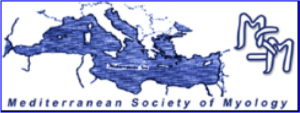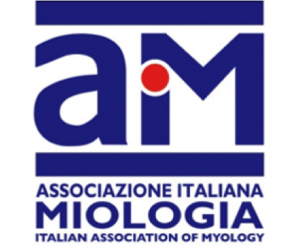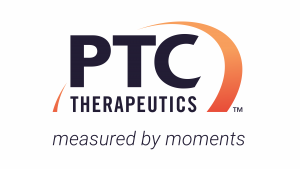Central Core Disease (CCD) is an inherited neuromuscular disorder characterized by the presence of cores in muscle biopsy. CCD is caused by mutations in the RYR1 gene. This gene encodes the ryanodine receptor 1, which is an intracellular calcium release channel from the sarcoplasmic reticulum to the cytosol in response to depolarization of the plasma membrane. Mutations in this gene are also associated with susceptibility to Malignant Hyperthermia (MHS).
In this study, we evaluated 20 families with clinical and histological characteristics of CCD to identify primary mutations in patients, for diagnosis and genetic counseling of the families.
We identified variants in the RYR1 gene in 19/20 families. The molecular pathogenicity was confirmed in 16 of them. Most of these variants (22/23) are missense and unique in the families. Two variants were recurrent in two different families. We identified six families with biallelic mutations, five compound heterozygotes with no consanguinity, and one homozygous, with consanguineous parents, resulting in 30% of cases with possible autosomal recessive inheritance. We identified seven novel variants, four of them classified as pathogenic. In one family, we identified two mutations in exon 102, segregating in cis, suggesting an additive effect of two mutations in the same allele.
This work highlights the importance of using Next-Generation Sequencing technology for the molecular diagnosis of genetic diseases when a very large gene is involved, associated to a broad distribution of the mutations along it. These data also influence the prevention through adequate genetic counseling for the families and cautions against malignant hyperthermia susceptibility.






